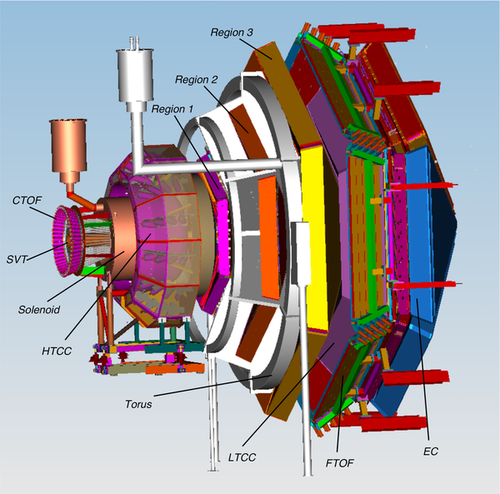Engineering Run
[edit]
Shift ScheduleShift ChecklistHot CheckoutBeam Time Accounting |
Manuals |
Procedures |
JLab Logbooks
|
|
| |||||||||||||||||||||||||||||||||||||||||||||||||||||||||||||||||||||||||||||||||||||||||||||||||||
- Note, all non-JLab numbers must be dialed with an area code. When calling from a counting-house landline, dial "9" first.
- To call JLab phones from outside the lab, all 4-digit numbers must be preceded by 757-269
- Click Here to edit Phone Numbers. Note, you then also have to edit the current page to force a refresh.
Click Here to edit Phone Numbers. Note, you then also have to edit this page to force a refresh.
CLAS12 Engineering Run, Fall 2017
Beam energy 10.6 GeV (5 pass)
Torus : +3770 A (100% field);
Important: Document all your work in the logbook!
Remember to fill in the run list at the beginning and end of each run (clas12run@gmail.com can fill the run list)
RC: Daniel S. Carman
- (757) 575-7540
- 9 575 7540 from Counting Room
- carman@jlab.org
PDL: Eugene Pasyuk
- (757) 876-1789
- 9 876-1789 from Counting Room
- pasyuk@jlab.org
Run Plan:All studies for the next few shifts will use 100% torus field (negatives bending in); the strength of the solenoid field and the status of the hydrogen target are listed below.
|
General Instructions:
Beam Tuning:
When ready to get beam, Turn all beamline devices ON, turn all CLAS12 detectors OFF (including SVT)
|
Every Shift:
|
Every Run:
|
|---|
Webcams |
Manuals |
Epics on the web
|
